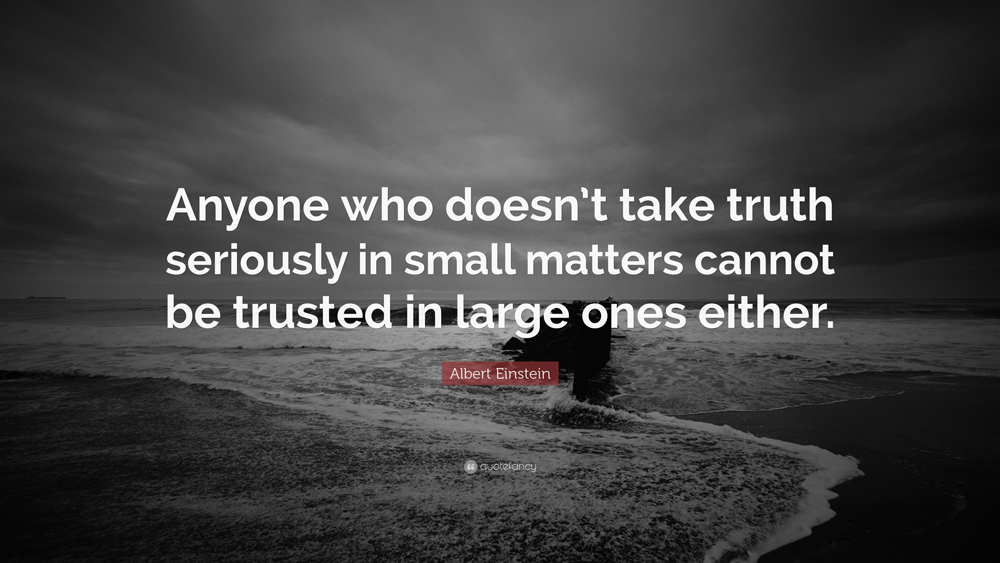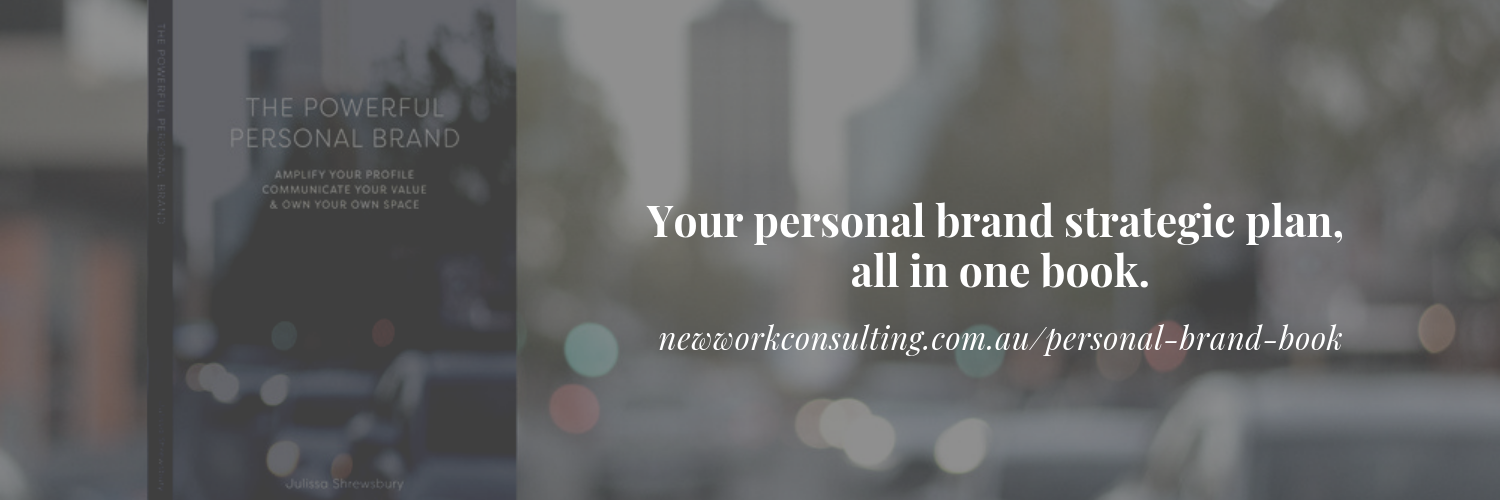A Culture of Trust: Are we missing the simple truth?
As we enter 2020, the issue of trust remains on agendas in a range of industries. Investigations into who and what we can trust have cracked open organisations – and this is needed – but have also wreaked havoc for well-meaning leaders and staff.
Building or re-building policy, culture and brands that are trustworthy has become as important to business survival as innovation and the adoption of technology in this new age. But a common sentiment about building trust is that it is complicated. Leaders are recognising that trust goes beyond ethical standards that should be expected, and beyond appointing leaders who have stakeholder and staff best interests at heart. While it’s about governing a fast-changing world of business and adapting to greater demands for equality, diversity and care of the natural environment… it’s also intangible things like how we are as a collective, what we care about, how we work… and what each of us as individuals do when no-one is watching.
Building/re-building a culture of trust
In the 2019 synopsis of the Grant Thornton review of corporate governance in the UK, trust is called ‘a complex challenge’ with only a minority of the FTSE 350 ‘seizing the initiative’ and less than half of them providing ‘good or detailed accounts of their culture’.
Boards and leadership certainly have their work cut out for them in governance and reporting… and then there is the issue of how we move people to act differently on the ground, at the detail level of every day work.
But does it all have to be that complicated? Are we remembering the simple truth of how humans build trust, and focusing on that to create positive change?
The Oxford definition of TRUST is ‘the firm belief in the reliability, truth, or ability of someone or something’.
When it comes to the ground-level, what-your-people-are-doing-versus-what-you-say-they-do… there may be two major factors contributing to trust:
- Integrity and care about doing the right thing, and
- How individuals and collective (communications, culture, brand) come across to others.
And when it comes to these two areas, I believe that things are not so complicated.

1. Integrity and care about doing the right thing
“Life is not complex. We are complex. Life is simple, and the simple thing is the right thing.” – Oscar Wilde
If it is true that ‘hurt people hurt’, then it follows that happy, well-adjusted people are nicer, more authentic, more caring and more inclined to give of themselves. We do the wrong thing when we feel threatened; we are more open-minded and fair when we are relaxed. (This article in Psychology Today explains what happens in our brains when we feel threatened.)

What do people need in order to feel relaxed and happy at work (or anywhere)? Maslow’s hierarchy of needs from the 1940s is still true, and it’s pretty simple.
As human beings, we absolutely need:
- To belong to a group
- To feel secure
- To feel needed and valued
- To feel values-aligned in the way we spend our day
- To be encouraged through a growth mindset
- To be seen and heard as individuals
While you can get really complicated about how to set this up within your organisation – and certainly complex problems can arise – leaders and managers who understand these human needs can quickly see where things can be adjusted, even slightly, for greatly improved results. Demonstrating to an individual staff member that you see the potential in them and asking them what they need, for example, is a matter of making it every leader and manager’s concern at your organisation. Are your up-and-coming leaders all aware of and skilled in this area?
The point is, if happy people are better people, then it makes sense to prioritise this as part of your overarching business strategy.
2. How individuals and collective (communications, culture, brand) come across to others
“Simplicity and naturalness are the truest marks of distinction.” – W. Somerset Maugham
 While the truth is gonna getcha, perception matters too. Sometimes potential in people, products, services and organisations aren’t even seen because initial perception gets in the way. But again, this doesn’t have to be complicated.
While the truth is gonna getcha, perception matters too. Sometimes potential in people, products, services and organisations aren’t even seen because initial perception gets in the way. But again, this doesn’t have to be complicated.
On a psychological level, when we look at what contributes to trustworthiness, beyond ‘doing the right thing’, it is about how you are perceived by others:
- Because our lizard brains are wired to see the ‘other’ as a threat, relatability is essential to trust – do I see you as someone like me, who understands me? Do you seem approachable and ‘human’?
- At the same time as appearing ‘human’, credibility matters – and this comes down to your professionalism, your track record, social proof that you can do what you say you can do, projecting confidence and articulating clarity of purpose and process.
When it comes to a trustworthy image, it needs to be real, and simply articulated, and consistent. This has obvious implications for brand, but also how your people represent your brand. And while there are many aspects to brand expression, it is possible to analyse, plan for, and upskill your people in what I call ‘Brand Culture’.
So yes, there are some big issues to be addressed in building/re-building trust, and the larger the organisation, the more challenging it can be. However, it’s easy to forget the simple but most important truth that we are actually individual human beings within these organisations, and what we need as human beings to trust and be trusted comes down to some very basic factors. If you’re getting them right, you are most likely ahead of the pack.
Related material
Who will shine during crisis times?
A challenge for boards: Your culture is visible online

